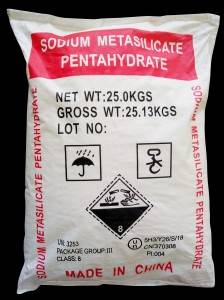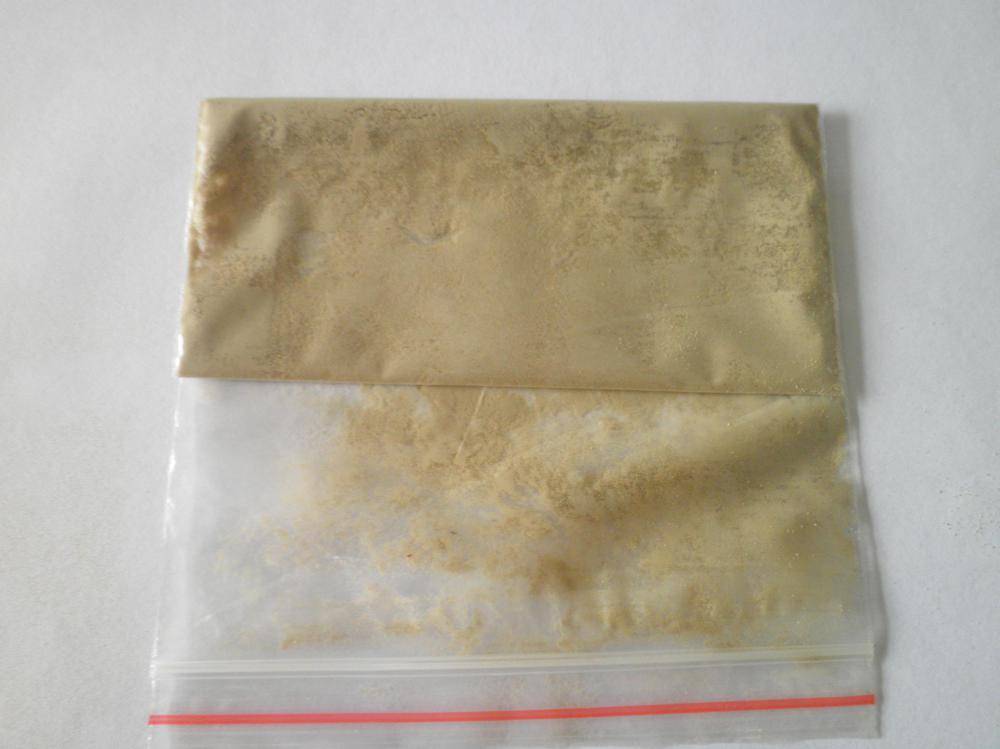Maltodextrin (MD) is a polysaccharide food ingredient that is a low conversion product between starch and starch sugars. White or slightly yellowish amorphous powder with no visible impurities, possessing a unique odor and a non sweet or slightly sweet taste
The physical properties of maltodextrin are directly related to its hydrolysis DE value, so the DE value not only indicates the degree of hydrolysis, but also is an important indicator for understanding product characteristics. Generally speaking, the higher the degree of hydrolysis of maltodextrin, the higher the DE value, and the greater the product’s solubility, sweetness, permeability, fermentability, browning reaction, and freezing point drop; The poorer the organization, viscosity, pigment stability, and anti crystallization properties
|
DE VALUE |
15-20 |
|
Moisture |
6% Max |
|
PH |
4.6-6.5 |
|
Solubility |
98%Min |
|
SO2 Ash |
0.5% Max |
|
As |
0.5mg/kg Max |
|
Coli forms |
30/100g Max |
|
Total bacteria |
3000/g Max |
Widely used in industries such as beverages, frozen foods, candies, cereal, dairy products, and health products, it can also be applied in textile, daily chemical, and pharmaceutical production.
(1) Maltodextrin added to dairy products such as milk powder can expand the volume of the product, prevent clumping, dissolve quickly, have good blending properties, extend the shelf life of the product, reduce costs, and improve economic benefits. It can also improve the nutritional ratio, increase the nutritional ratio, and make it easy to digest and absorb. The role of maltodextrin in the preparation of functional milk powder, especially sugar free milk powder and infant formula, has been confirmed. The dosage is 5% to 20%.
(2) Used in nutritious snack foods such as soy milk powder, instant cereal, and malt extract, it has a good taste and instant thickening effect, avoids sedimentation and layering, can absorb bean or milk flavors, and extends the shelf life. The reference dosage is 10%~25%.
(3) When used in solid beverages such as milk tea, fruit crystals, instant tea, and solid tea, it can maintain the characteristics and aroma of the original product, reduce costs, and the product has a mellow and delicate taste, rich aroma, and excellent instant effect, while inhibiting crystallization. Good emulsification effect and significant carrier effect. Reference dosage is 10%~30%. DE24-29 maltodextrin is suitable for producing coffee companions, with a dosage of up to 70%.
(4) Used in fruit juice beverages such as coconut milk, peanut and almond milk, and various lactic acid drinks, it has strong emulsifying ability, maintains the original nutritional flavor of fruit juice, is easily absorbed by the human body, increases viscosity, produces pure products, has good stability, and is not easy to precipitate. Used for sports drinks, maltodextrin has a metabolic effect in the human body, and the supply of heat energy is easy to maintain balance, with a low burden on digestion and absorption in the gastrointestinal tract. Reference dosage is 5%~15%.
(5) Used in frozen foods such as ice cream, ice cream, or popsicles, the ice particles are swollen and delicate, with good viscosity, mild sweetness, low or no cholesterol content, pure flavor, refreshing taste, and good taste. The dosage is 10%~25%.
(6) When used on candy, it can increase the toughness of the candy, prevent sanding and withering, and improve the structure. Reduce candy sweetness, alleviate dental problems, reduce stickiness, improve flavor, prevent deliquescence, and extend shelf life. The recommended dosage is generally 10% to 30%.
(7) Used for cookies or other convenient foods, with a full shape, smooth surface, clear color, and good appearance effect. The product is crispy and delicious, with a moderate sweetness, and does not stick to teeth or leave residue when consumed. It has fewer defective products and a long shelf life. The dosage is 5% to 10%.
(8) Maltodextrin is mainly used in various canned or soup based foods to increase viscosity, improve structure, appearance, and flavor. Used in solid seasonings, spices, powdered oils and other foods, it plays a role in dilution and filling, can prevent moisture and clumping, and makes the product easy to store. It can also serve as a substitute for fats in powdered oils.
(9) Adding maltodextrin to meat products such as ham and sausages can reflect their strong adhesive and thickening properties, making the products delicate, rich in flavor, easy to package and shape, and extending shelf life. The dosage is 5% to 10%.








